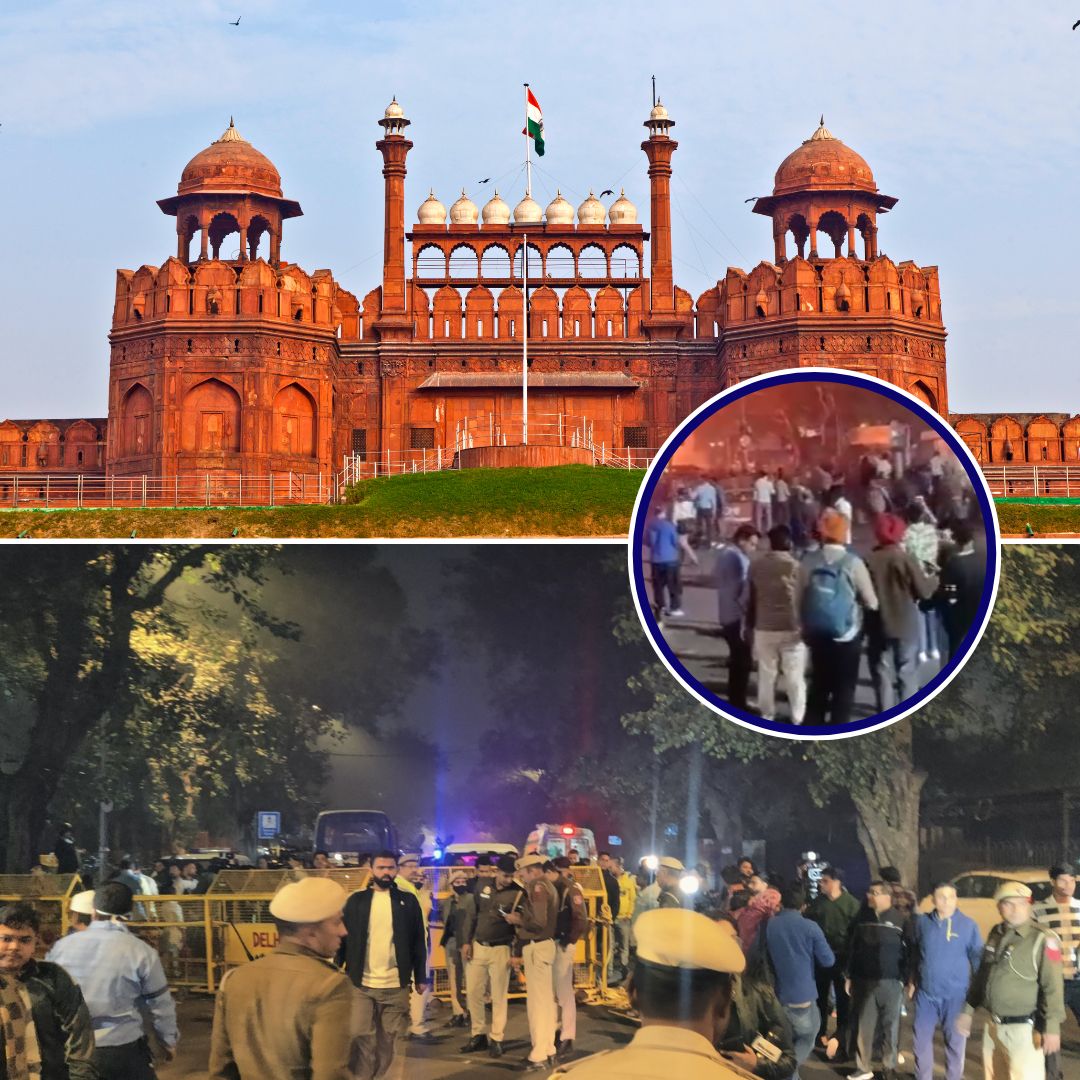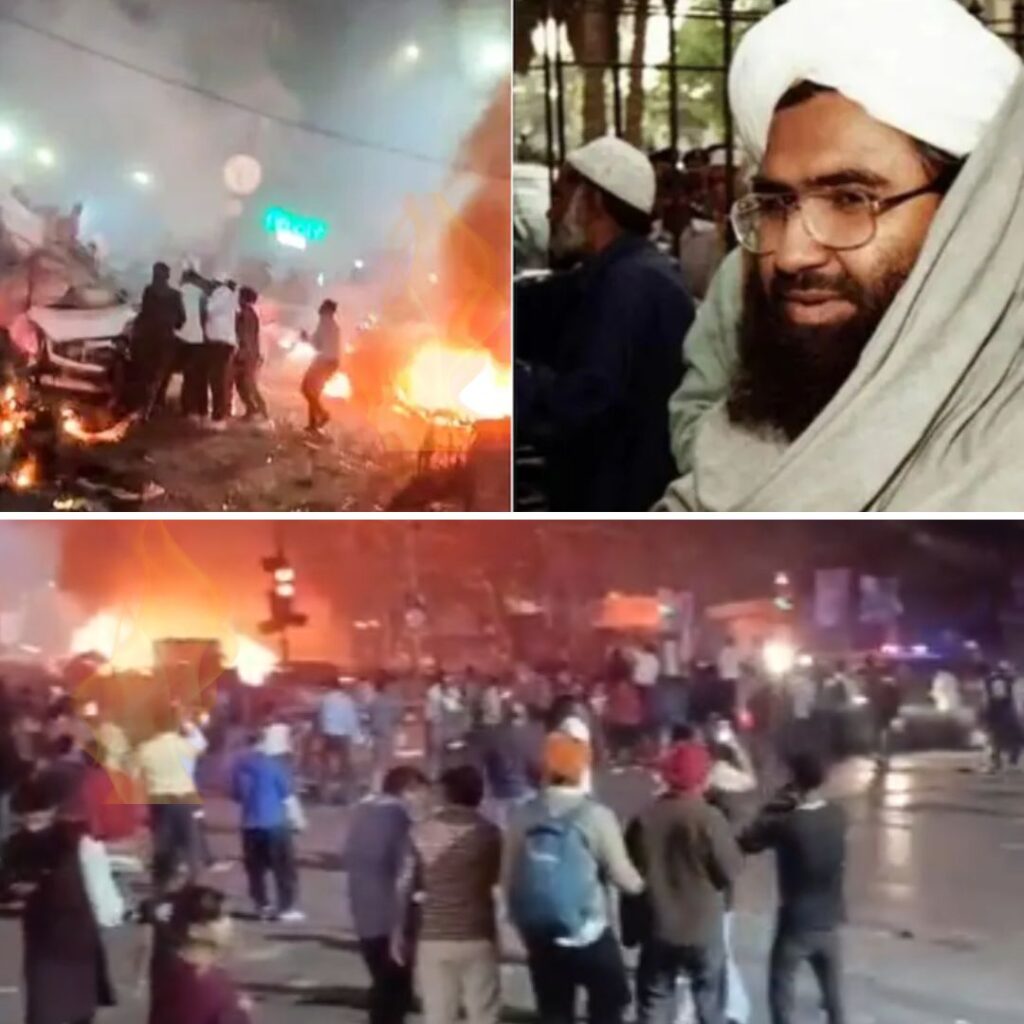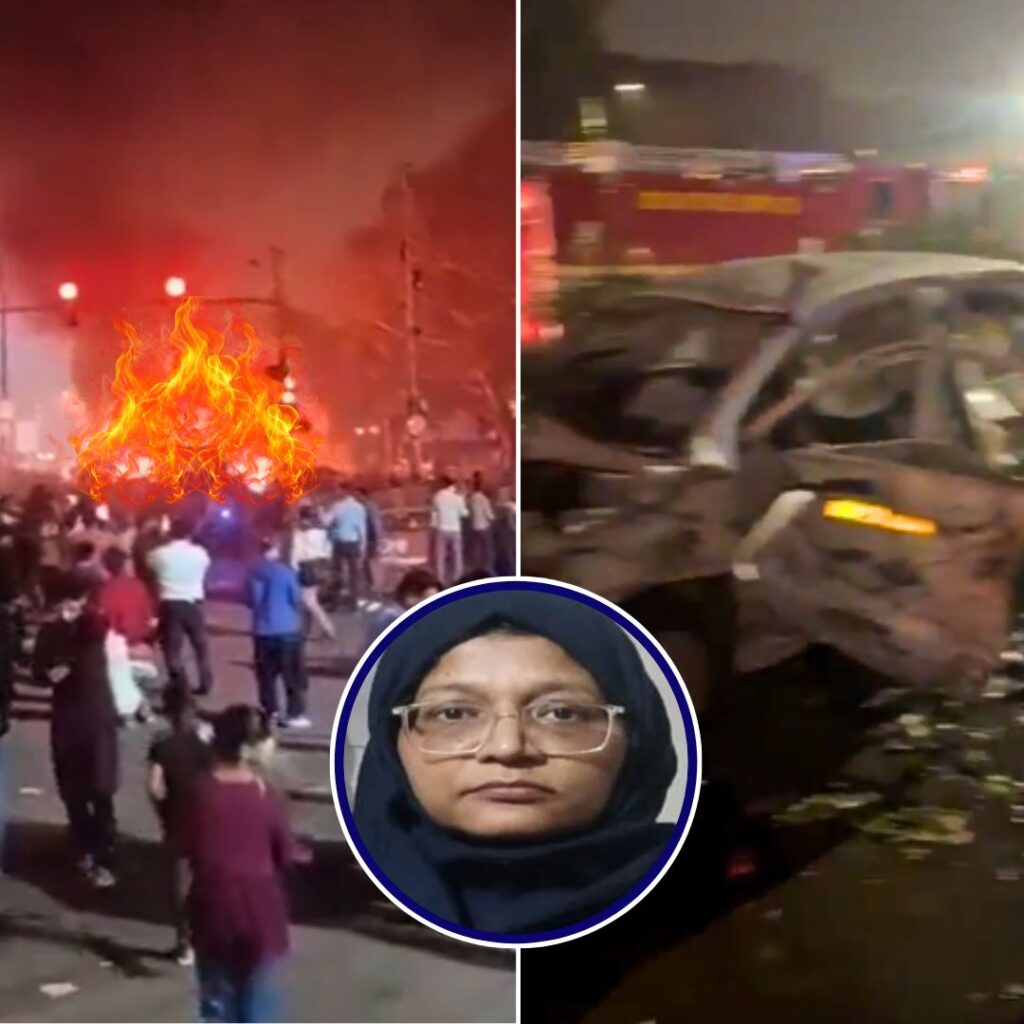A deadly car blast near Delhi’s Red Fort on 10 November 2025 killed at least 13 people and injured more than 20, with the explosion occurring in a Hyundai i20 at a traffic signal close to Gate No. 1 of the Red Fort Metro Station. The Red Fort, which is closed to visitors every Monday for routine maintenance and security, was less crowded than usual, likely preventing a much larger tragedy.
The blast happened at 6:52 pm, destroying the car and setting fire to several nearby vehicles, including cars, e-rickshaws, and autorickshaws, with the sound heard from hundreds of meters away.
The Blast and Its Immediate Impact
The explosion was so powerful that it left mangled bodies and debris scattered across the area, with eyewitnesses describing the scene as horrific. Emergency services responded quickly, bringing the fire under control within 37 minutes, but the loss of life was significant.
The car, registered to Dr Umar Mohammad from Pulwama, Jammu and Kashmir, was linked to a terror module recently busted in Faridabad, where nearly 3,000 kg of explosives, including ammonium nitrate, were seized. Authorities have invoked sections of the Unlawful Activities (Prevention) Act and are investigating possible terror links.
How the It Averted Greater Tragedy
The Red Fort’s routine closure on Mondays meant that the immediate vicinity was less crowded than on other days, drastically reducing the number of potential victims. On any other day, the area would have been packed with tourists, vendors, and shoppers, making it a high-risk zone for mass casualties.
The closure, a simple administrative decision, played a crucial role in limiting the scale of the tragedy. Authorities and residents have acknowledged that such safety measures are vital in densely populated urban spaces.
As quoted by Deccan Herald, “This area is always crowded on other days. People usually stroll around after visiting the monument and eat at nearby stalls. On Monday, most people here were shoppers from Chandni Chowk,” highlighting how the closure likely saved many lives.
The aftermath of the Red Fort blast has left Delhi in a state of shock, with families mourning their loved ones and hospitals overwhelmed by the injured. The incident has reignited memories of past terror attacks in the city, reminding citizens of the persistent threat and the need for constant vigilance. Security has been heightened across the capital, with airports, metro stations, and major landmarks placed on high alert.
Residents and officials alike have called for unity and resilience, urging the public to remain calm and report any suspicious activity. The tragedy has also sparked renewed debate on the importance of robust safety protocols and the role of routine measures, such as the Red Fort’s Monday closure, in preventing large-scale disasters.
The Logical Indian’s Perspective
This incident highlights how routine safety protocols can have profound impacts, especially in crowded urban areas. The Red Fort’s Monday closure, a seemingly mundane measure, helped avert a much larger disaster.
As a society, it is essential to appreciate and support such measures, which prioritise public safety and help prevent large-scale tragedies.












